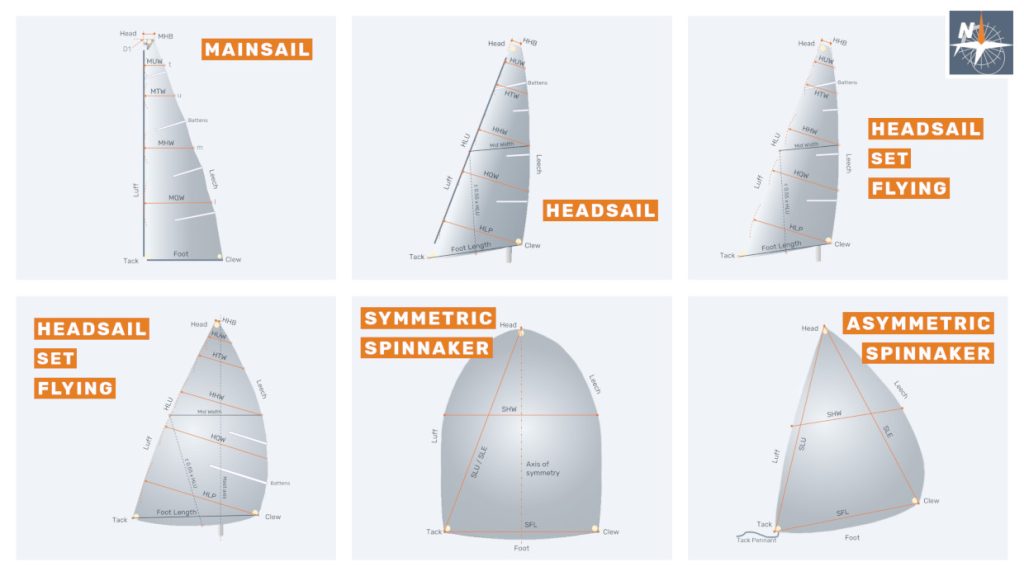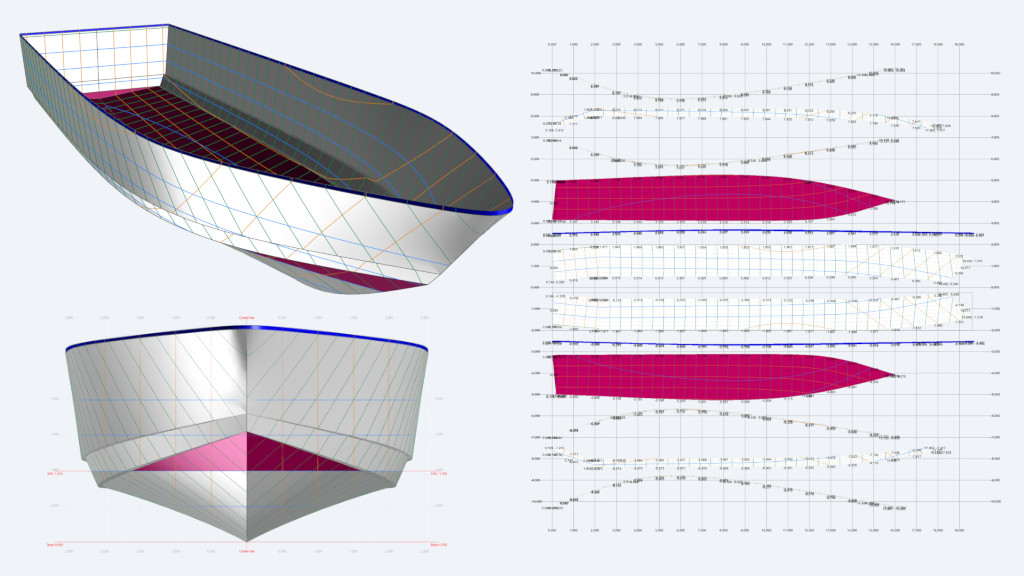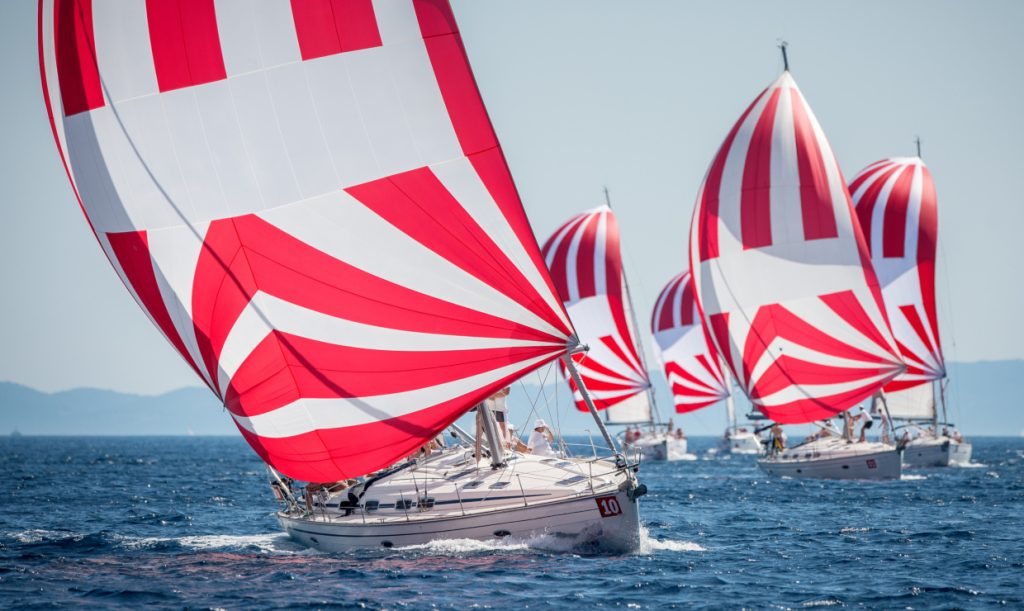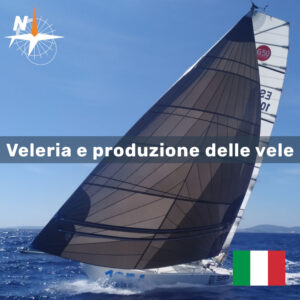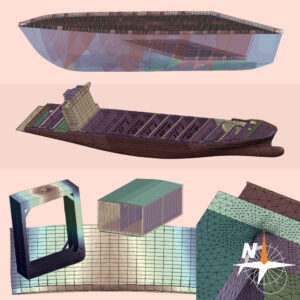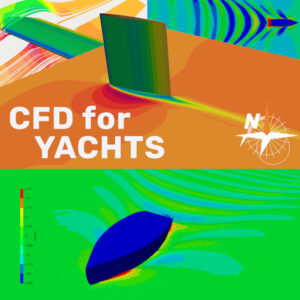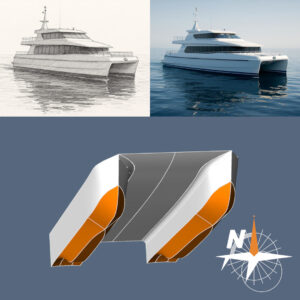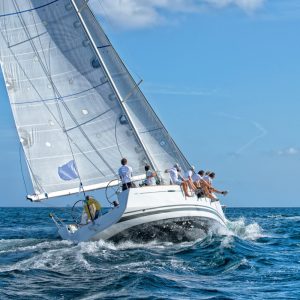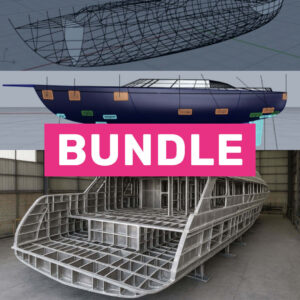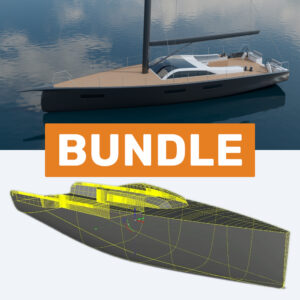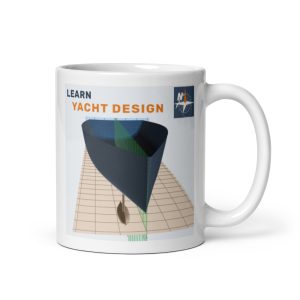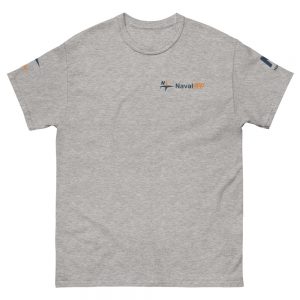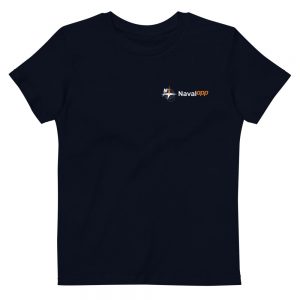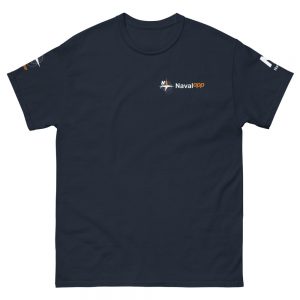Sails sets: Mainsail + Spinnaker (calculation)
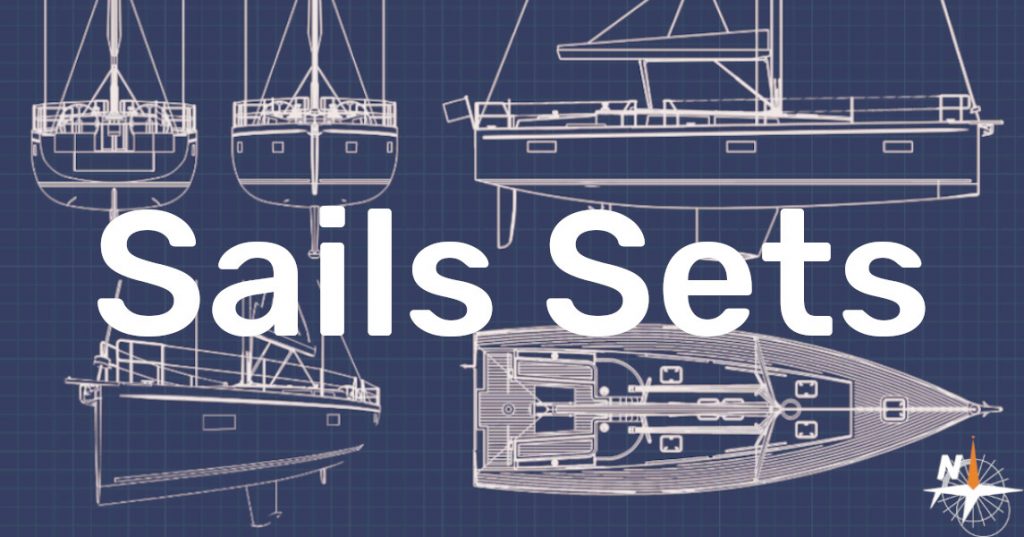
Calculation template
How does it work?
Following the ORC VPP methodology, this template calculation combines the individual sail’s characteristics of a user-defined mainsail and a user-defined spinnaker to produce a set of coefficients that describe the aerodynamic behavior of the entire sails set. The template covers symmetric spinnakers, asymmetric spinnakers tacked on a pole, and asymmetric spinnakers tacked on centerline.
A mainsail is a sail with the luff attached to the mainmast. The mainmast is the only mast in a una rig, sloop rig, or cutter rig, or the fore mast in a ketch rig or yawl rig, or the aft mast in a schooner rig.
Spinnakers are sails set forward of the mast, or of the foremast mast if there is more than one mast, where the measurement between the half luff point and the half leech point is equal or greater than 75% of the foot length.
There are two types of spinnakers:
- Symmetric: it is symmetric in shape, material, and cut, about a line joining the head to the center of the foot. It shall not have adjustable leech lines.
- Asymmetric: any spinnaker not qualifying as symmetric.
The template first calculates the lift and the zero-lift parasite drag coefficients and the height of the aerodynamic center of effort of the complete sails set. It also determines the value of the quadratic parasite drag, which is the additional parasite drag generated by the lift.
Then, it calculates the effective height and an efficiency coefficient, both necessary for the computation of the induced drag (drag due to lift) and the total drag coefficient of the sails set.
Finally, the lift and drag aerodynamic coefficients are resolved into two orthogonal forces: the driving force coefficient, thrust, and the heeling force coefficient, side.
Both the Chart and the Table display the following results calculated for AWA (apparent wind angles) from 0 to 180 degrees:
| Thrust | Driving Force Coefficients. |
| Side | Heeling Force Coefficients. |
| Lift | Lift Coefficients. |
| Drag Total | Drag Total = Zero-lift Parasite Drag + Induced Drag. The Induced Drag component also includes the effect of the variation of Parasite Drag with lift (Quadratic Parasite Drag). |
| Drag | Drag = Zero-lift Parasite Drag = Friction Drag + Pressure Drag. Parasite Drag is also known as Viscous Drag. Pressure Drag is also known as Form Drag. |
| Eff. span | Effective Height / Reference Height. |
| CE | Height of the Aerodynamic Center of Effort / Reference Height. |
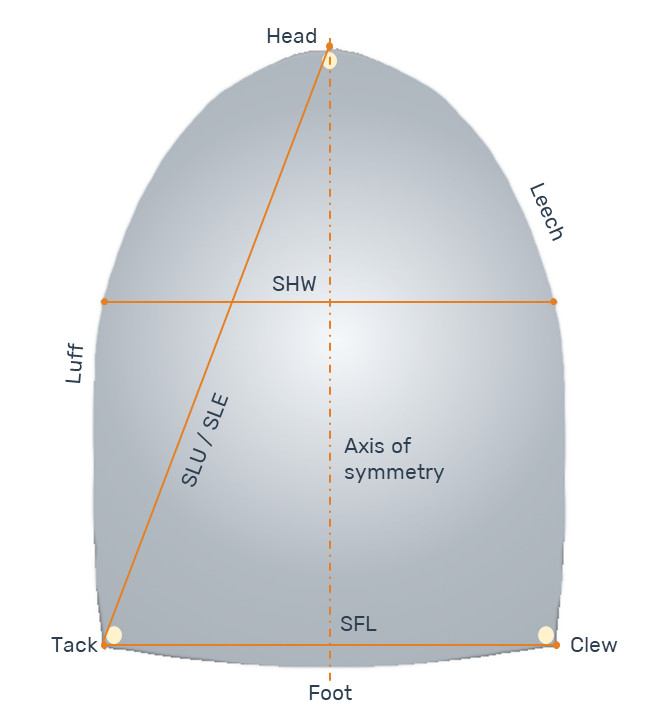
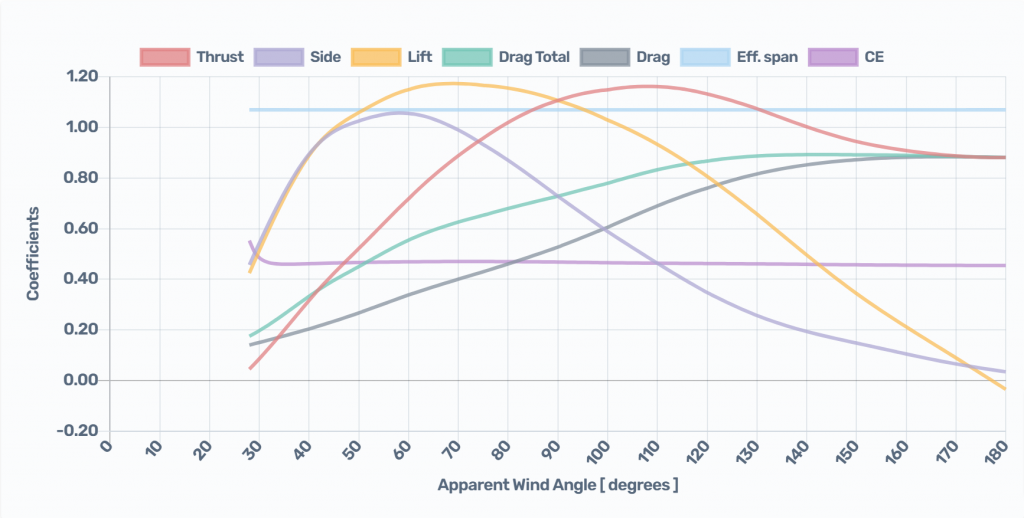
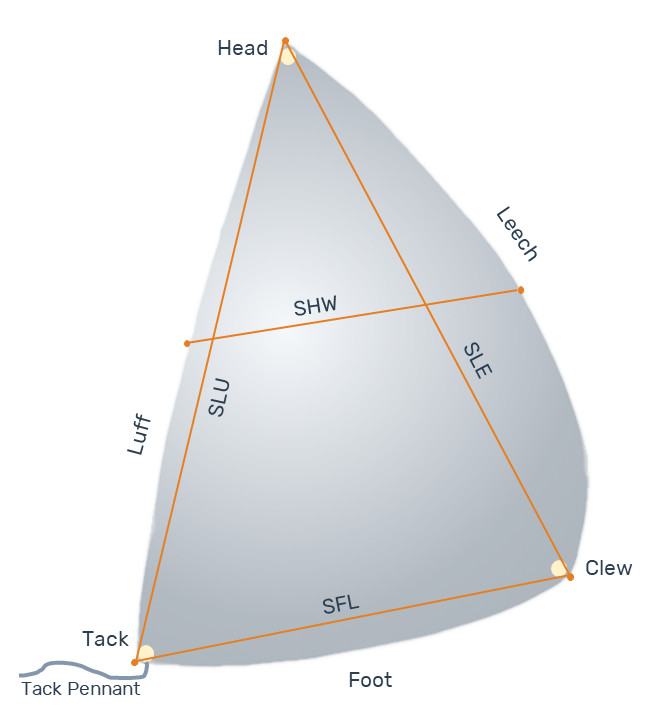
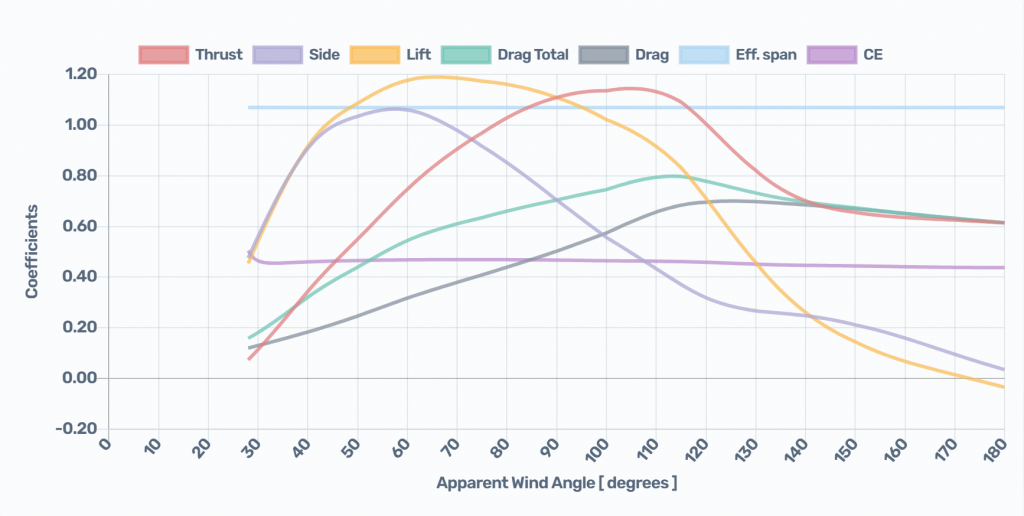
The aerodynamic model used in this calculation does not include the windage which is the force generated by the apparent wind on the above-water part of the hull, superstructures, the mast, the rigging wire, and the crew.
See also:
- Sails sets: Mainsail + Headsail (calculation).
- Sails sets: Mainsail + Flying Headsail (calculation).
- Mainsail aerodynamic coefficients (calculation).
- Spinnakers aerodynamic coefficients (calculation).
- International Measurement System: Sails.


